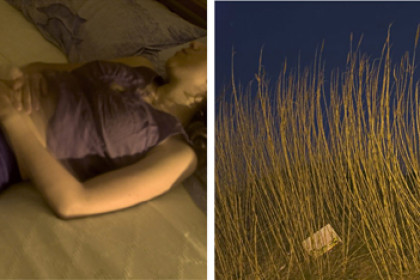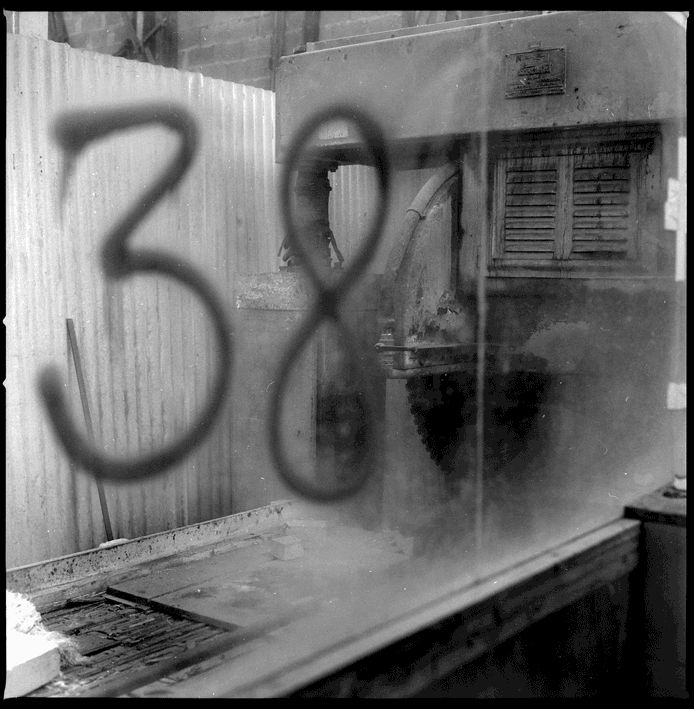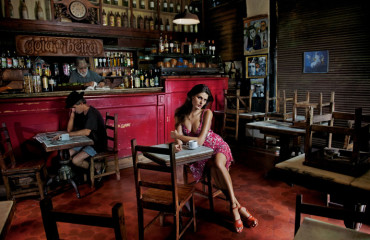
Posing, intent on observing through a microscope or binoculars, or to scrutinize the signs of an ancient map in search of an unexplored world or a landscape of unspoiled nature. Adults and children are protagonists of the series Sottovetro (Under glass) by Silvia Noferi – recently exhibited in Reggio Emilia, at the Showcase of CSArt – “they draw with their silent choreography a phenomenology of the minimal look,” writes the artist herself, and mark a distance between man and landscape, and among the same people, with their difficulty communicating. Under the glass, as in the showcases of a museum, where the logic is that of “look but do not touch” and the aim is conservation, protection; but the photographs originated are pervaded by an ambiguous atmosphere: who is observing is observed himself and the boundary between what is underneath the glass and what is outside is fleeting and changeable.
Going through the various projects of the Florentine photographer, born in 1977, what determinately emerges is a sense of alienation that runs in the shots: suspended in a hushed silence that permeates even a little saturated chromatic tones and pastels, images are often made in diptychs and triptychs of medium and large format, as in the case of Notturni. Also here, returns the theme of dialogue between “inside” and “outside”, where in the first you can see only bodies of sleeping people portrayed in their fragile intimacy, whose faces are never visible, and in the outside urban landscapes, natural properties and deserts, where life seems suspended and rarified. A similar feeling can be given by Playground, a reflection conducted through the pinhole technique in which, through long exposures and the use of the self-portrait, the path is between a before – childhood – and after – today.
All research by Silvia Noferi, often influenced by philosophy, is characterized by an evocative value that closely touches imagination, dream, the practice of imagining and fantasizing without showing; a poetics that goes well with the construction of real film sets, elegant and refined sets where, as distant and isolated presences, human figures and animals are placed (eg in the case of Angelina e il cane). In Hotel Rêverie is explicit the contextualization of the gestures of subjects with respect to ancient – beautiful and decadent – environments, covered with gaudy wallpapers and characterized by rare objects of undeniable symbolic significance.
And carrying is always the theme of looking at something that is not seen, outside a field that is perhaps the real focal point of the artist‘s photographs who prefers to leave viewer to complete the image, charging him to dissolve the doubt and make a personal choice, full of responsibility.
 English
English  Italiano
Italiano 



